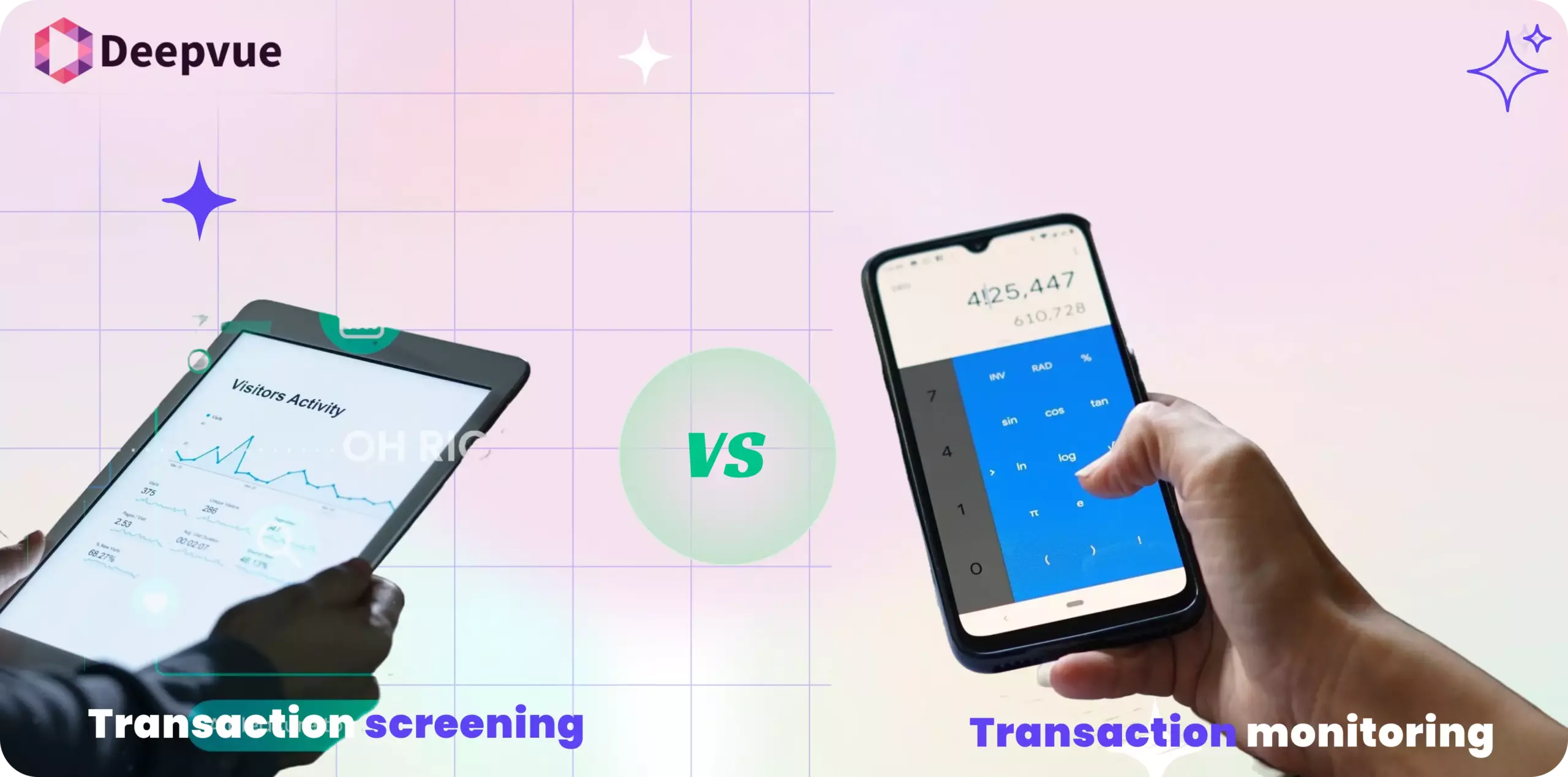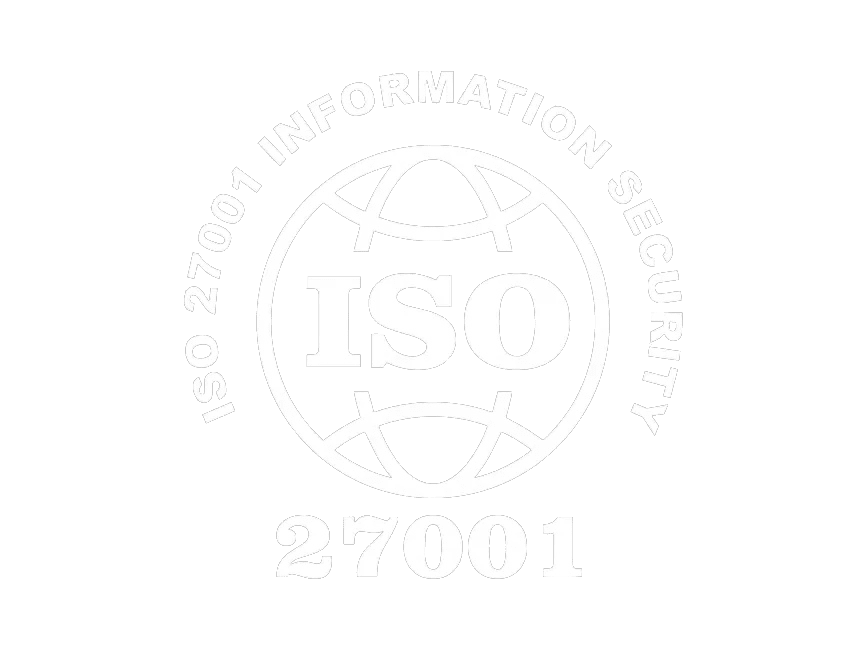In the current era of the internet, the security of payment card transactions is most important. PCI DSS compliance is a foundation for companies dealing with credit card information, protecting sensitive data from breaches.
Understanding PCI DSS Compliance
The PCI DSS is an advanced framework created by the PCI Security Standards Council that protects cardholder data and enhances the security level of payment card industry transactions overall. It is a collection of security requirements used to safeguard cardholder data across transactions. These standards provide for companies to keep up with stringent data protection procedures. It involves a set of requirements that companies have to comply with to be compliant.
Importance of PCI Compliance
It is important for any organization that accepts credit card transactions to be PCI compliant. Not only does compliance reduce the risk of a data breach, but it also builds customer confidence that their payment data will be processed securely.
Overview of Payment Card Industry Data Security
The payment card industry data security includes several protocols aimed at safeguarding sensitive payment data. The PCI DSS outlines essential requirements that organizations must follow to ensure the security of card information during transmission and storage.
The 12 Requirements of PCI DSS
To ensure the secure handling of payment card data, businesses must adhere to the following PCI DSS standards:
- Implement and manage firewall settings to safeguard sensitive cardholder information.
- Do not use default passwords or security settings from vendors.
- Implement strong security practices to safeguard stored cardholder data.
- Use encryption for cardholder data that is transmitted across open or public networks.
- Implement and regularly update anti-virus software to avoid malware attacks.
- Design and maintain systems with strong security practices to avoid vulnerabilities.
- Limit cardholder data access to authorized individuals based on job requirements.
- Use unique login credentials for each individual with system access.
- Control and track physical access to areas where cardholder data is stored.
- Monitor and audit all access to network resources and sensitive information.
- Regular testing of security procedures and systems to determine vulnerabilities.
- Implement and enforce a corporate-wide policy for data protection and cybersecurity awareness.
Compliance Levels and Their Significance
Being able to understand levels of compliance is vital for those organizations seeking to satisfy PCI DSS standards. Each level is aligned with the number of credit card transactions handled, determining the volume of compliance requirements.
PCI compliance is divided into various levels according to transaction volumes. Each level requires certain compliance measures, from straightforward self-assessments to comprehensive audits by qualified security assessors.
How to Determine Your Compliance Level?
Organizations can ascertain their level of compliance by assessing their volume of annual transactions and the PCI requirements that are relevant to their business model. This helps to direct them in how they need to proceed in order to stay PCI compliant.
Consequences of Non-Compliance
Non-compliance with PCI DSS will result in serious penalties, such as large fines, additional liability for data breaches, as well as harm to a company’s reputation. Compliance should be a top priority for organizations to prevent such risks and secure sensitive payment information.
Maintaining PCI Compliance
Periodic Testing of Security Systems and Processes: Periodic testing of security systems and processes is imperative to ensure PCI compliance. Organizations are required to perform vulnerability assessments and penetration testing to find and fix security vulnerabilities within their systems to ensure sensitive payment information is kept safe.
Applying Strong Access Control Measures: Applying strong access control measures is an essential aspect of PCI DSS compliance. Organizations are required to limit cardholder data access to only those who require it for legitimate business purposes, thus improving the security of payment processors.
Monitoring and Testing Networks: The networks must be continuously monitored and tested to uphold PCI compliance. Organizations must install intrusion detection systems and perform frequent audits to verify that their networks are safe and compliant with the PCI security standards, guarding against unauthorized access.
The Role of PCI Security Standards Council
PCI SSC, or the PCI Security Standards Council, is a body tasked with creating and updating security standards for the payment card industry. It seeks to improve the security of payment transactions and safeguard cardholder data worldwide.
The PCI Security Standards Council is a central body for defining security needs and guidelines for organizations that deal with payment card information. It offers indispensable assistance to meet and sustain PCI DSS compliance.
Guidelines and Resources Provided by PCI SSC
The PCI SSC offers a wealth of guidelines and resources to assist organizations in achieving PCI compliance. These resources cover best practices, training guides, and self-assessment questionnaires to aid companies in their compliance with PCI DSS.
Engaging with the PCI SSC for Compliance Support
Engagement with the PCI SSC for support on compliance will be highly helpful for organizations making an effort to keep PCI compliant. By taking advantage of programs promoted by the council, companies are able to find helpful advice and guidance on compliance with the PCI security standards.
Managing Data Breach Risks
Steps to Take After a Data Breach
After a data breach occurs, organizations must take immediate steps to contain the situation. This involves notification of the affected parties, a comprehensive investigation, and remedial actions to ensure future compliance with PCI DSS requirements.
Preventive Measures to Avoid Data Breaches
Preventative steps to prevent data breaches must include frequent security training for staff, the use of cutting-edge encryption methods, and keeping the system combing for vulnerabilities in an ongoing effort, all of which are crucial to PCI compliance.






